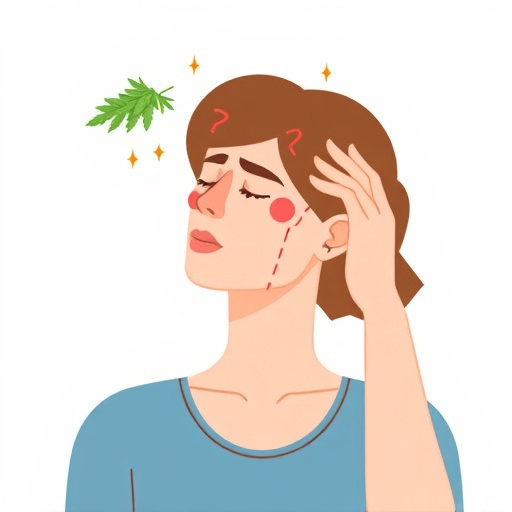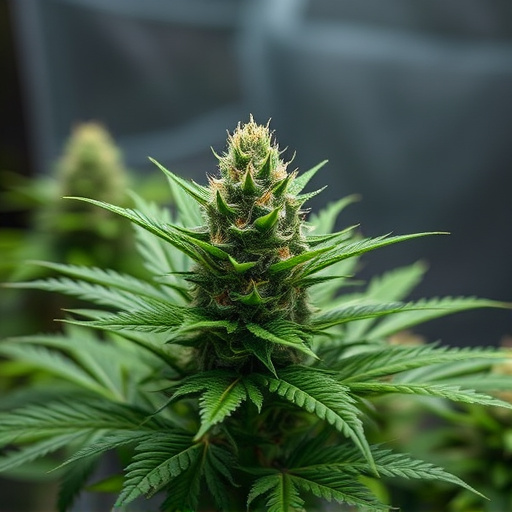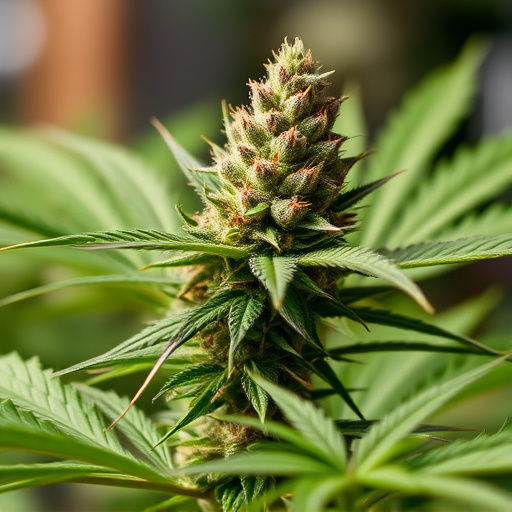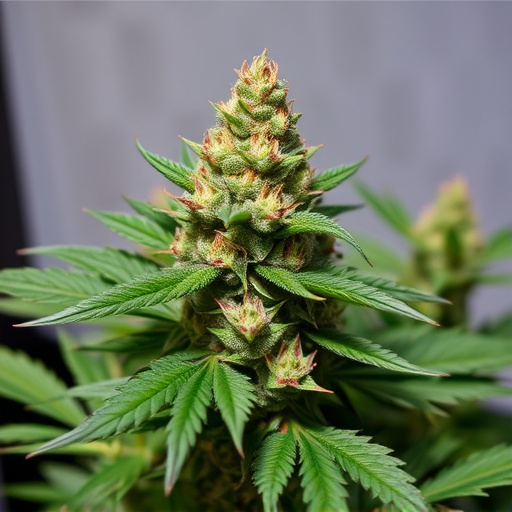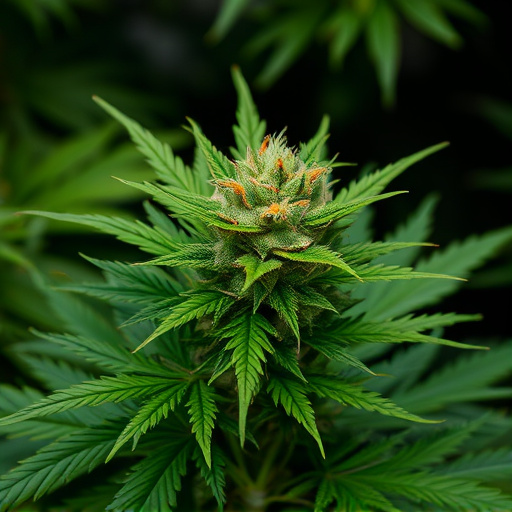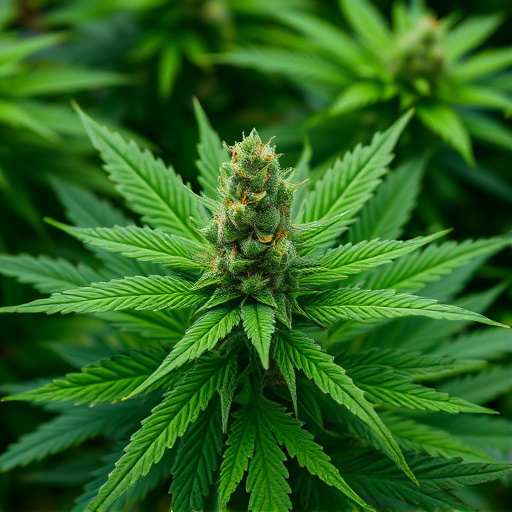High THC cannabis strains (often exceeding 20%, up to 30%) offer intense benefits but can also induce anxiety, paranoia, dizziness, and distorted time perception, especially in first-time or occasional users. If an overdose is suspected (intense anxiety, paranoia, rapid heart rate, dizziness, time distortion), stay calm, move to a quiet space, practice deep breathing/meditation, stay hydrated with small sips of water, and avoid caffeine or alcohol. Severe symptoms require immediate medical attention. Avoiding overdose is crucial; education about strain potency, setting boundaries, moderation, tracking intake (especially for edibles) are key strategies for safe consumption.
“Experience an overwhelming cannabis high? Understanding how high THC cannabis strains can lead to overdoses is crucial. This article guides you through the process of recovering from a cannabis overdose, offering insights into the potent effects of high THC strains and practical steps to take during an episode. We also explore prevention strategies to avoid future overexposure. By understanding these aspects of high THC cannabis, users can enjoy their experiences while staying safe.”
- Understanding High THC Cannabis Strains and Their Effects
- Steps to Take When Experiencing a Cannabis Overdose
- Prevention Strategies for Avoiding Future Overexposure
Understanding High THC Cannabis Strains and Their Effects
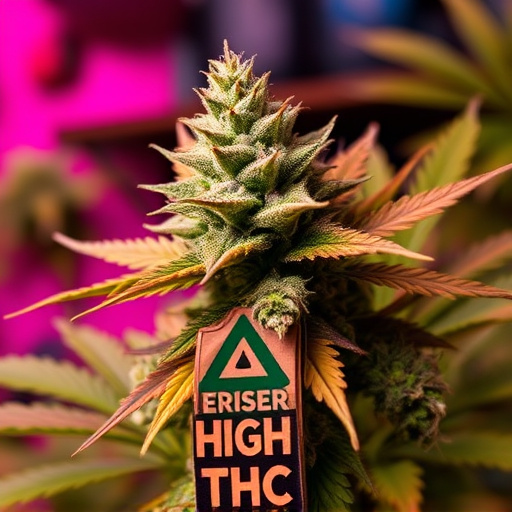
High THC cannabis strains have become increasingly popular, offering potent effects that can be both beneficial and detrimental. THC, or tetrahydrocannabinol, is the primary psychoactive compound in cannabis responsible for its ‘high’ sensation. While lower concentrations of THC are typically associated with milder effects, high THC strains contain levels often exceeding 20%, sometimes reaching up to 30% or more. These concentrated compounds can lead to intense experiences, both positive and negative.
The elevated potency means users may feel effects more intensely and for an extended period. Common side effects include heightened anxiety, paranoia, dizziness, and a distorted sense of time. For first-time or occasional users, especially those unfamiliar with high THC strains, these symptoms can be overwhelming and lead to what’s commonly referred to as a cannabis overdose. Recognizing the unique characteristics of high THC strains is crucial for responsible cannabis use and understanding how to manage potential adverse reactions.
Steps to Take When Experiencing a Cannabis Overdose
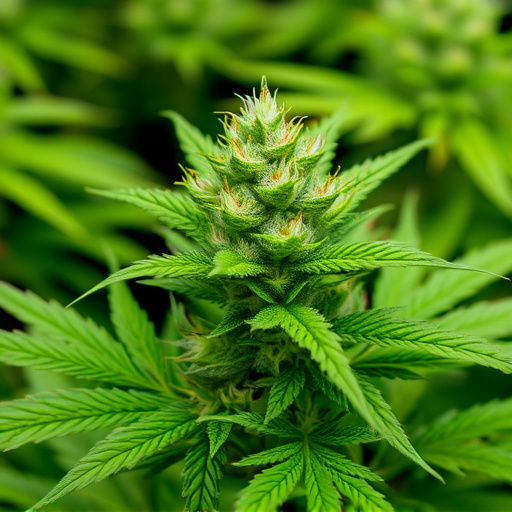
If you suspect you’ve had a cannabis overdose, especially from high THC strains, it’s crucial to take immediate action. The first step is to remain calm and assess your symptoms. Common signs include intense anxiety, paranoia, rapid heart rate, dizziness, and a distorted sense of time. If possible, move to a safe, quiet space where you won’t be disturbed. Try deep breathing exercises or meditation techniques to help ground yourself.
Next, stay hydrated by sipping on water in small amounts. Avoid any substances that could aggravate your condition, such as caffeine or alcohol. Contact a healthcare professional or visit an emergency room if symptoms persist or worsen, especially if you experience severe panic attacks, hallucinations, or have difficulty breathing. They can provide guidance and support tailored to your specific case.
Prevention Strategies for Avoiding Future Overexposure

Avoiding a cannabis overdose is key to ensuring a safe and enjoyable experience. Given that high THC cannabis strains can lead to potentially uncomfortable or even dangerous side effects, particularly for first-time users or those with low tolerance, prevention is vital. One effective strategy is education; understanding the potent effects of different strains and their unique profiles is crucial. Knowing the specific THC levels in your cannabis products allows you to make informed decisions about dosage and consumption methods.
Additionally, setting boundaries and practicing moderation is essential. Start with smaller doses and take breaks between uses to allow your body to process the cannabinoids. Consuming edible cannabis products requires extra caution as their effects can be more intense and prolonged. Always keep track of your intake and remember that it’s better to experience a milder high than risk an overdose.
In understanding how to recover from a cannabis overdose, especially with the increased prevalence of high THC cannabis strains, it’s crucial to be informed. This article has provided insights into recognizing and managing the effects of overexposure to these potent strains. By following the outlined steps during an overdose and implementing prevention strategies, individuals can ensure safer cannabis use. Remember, knowledge is key in navigating the complexities of high THC consumption, allowing folks to enjoy cannabis responsibly without compromising their well-being.





